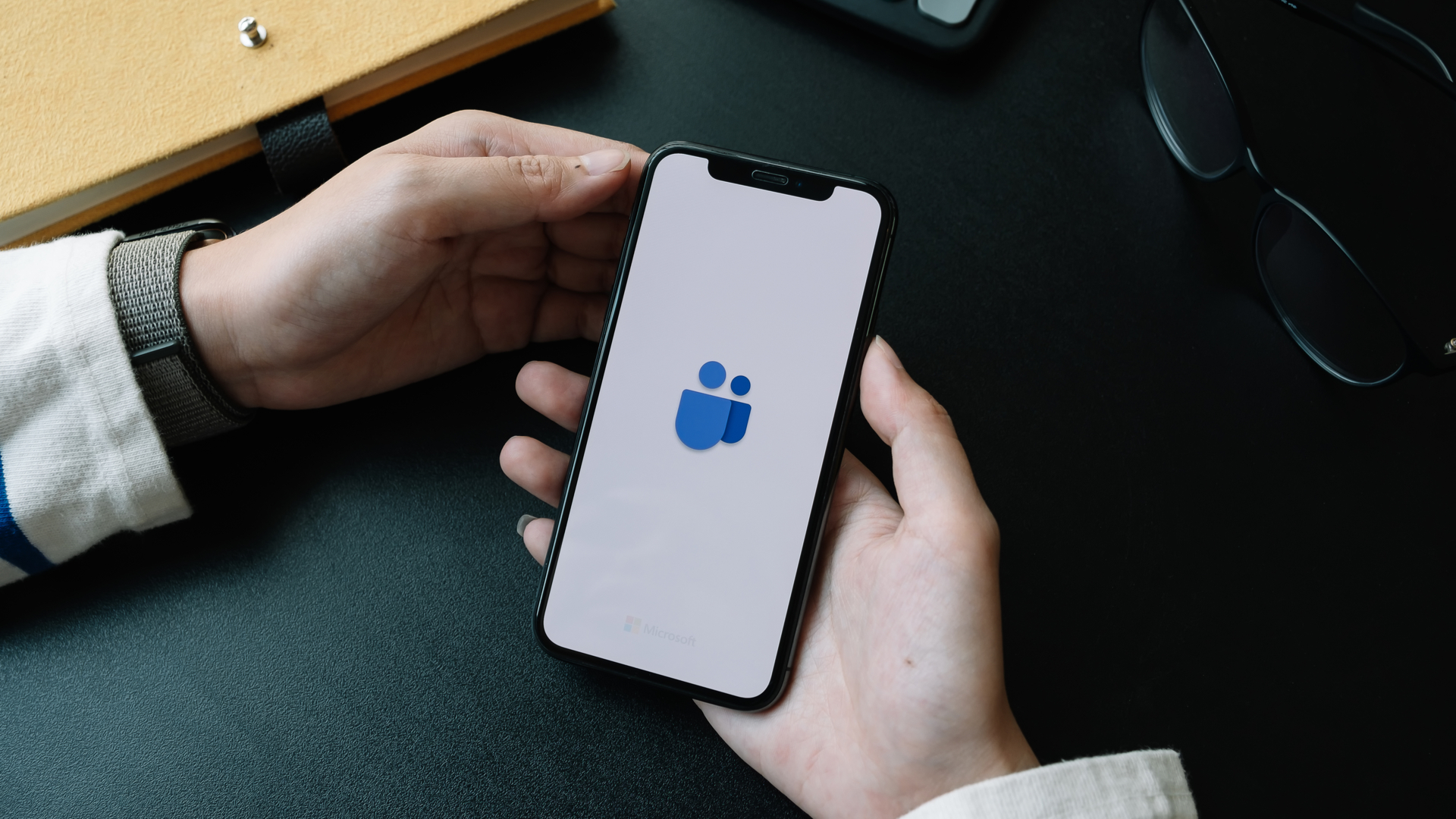Microsoft Teams adds a group chat feature that Google Meet and Zoom have had for ages — but will anyone actually use it?
"Meet now" in group chat will let you quickly start a Microsoft Teams call

Starting an impromptu Microsoft Teams call with your co-workers or colleagues should soon be a lot easier thanks to a new group chat feature rolling out to the platform.
The video conferencing service will now will let users begin a "huddle" with other users, effectively an instant meeting for chat and collaboration.
The new "meet now" feature can be quickly started in a group chat, meaning there's no need to scramble around setting up an "official" Microsoft Teams call and sending out invites that may be missed in busy inboxes.
Microsoft Teams group chats
"Meet now in group chat is a ringless experience designed to enable ad-hoc, real-time communication with your team in a hybrid environment," the entry for the feature on the official Microsoft 365 roadmap noted.
To start a meeting, users need to open the required group chat, then at the top, select Meet now. Once started, all the members of the group will be able to see via their chat list that a meeting has started, and they can open the group chat and select Join at the top of the chat to enter the meeting.
Users can view the participants of a call by selecting the live indicator, and can also notify other users in the group chat about the meeting by selecting Ring other to join - with the option to pick either individuals or everyone who is yet to join.
The feature, rolling out now, will be available initially only to desktop users of Microsoft Teams - although it will be generally available to users across the world.
Sign up to the TechRadar Pro newsletter to get all the top news, opinion, features and guidance your business needs to succeed!
The Meet Now feature has been available in Microsoft Teams for over a year, with users able to start an instant meeting via their calendar simply by clicking the option, or in a channel, via the Posts tab, then clicking Meet and selecting Meet Now.
The news is the latest boost for Microsoft Teams users seeking closer compatibility, coming shortly after the company revealed a move to bring together "every type of Teams account" into a single desktop app.
This means whether on a work, school or personal Microsoft Teams account, users will now all access the same app, doing away with the current requirement for multiple versions for different use cases.
More from TechRadar Pro

Mike Moore is Deputy Editor at TechRadar Pro. He has worked as a B2B and B2C tech journalist for nearly a decade, including at one of the UK's leading national newspapers and fellow Future title ITProPortal, and when he's not keeping track of all the latest enterprise and workplace trends, can most likely be found watching, following or taking part in some kind of sport.